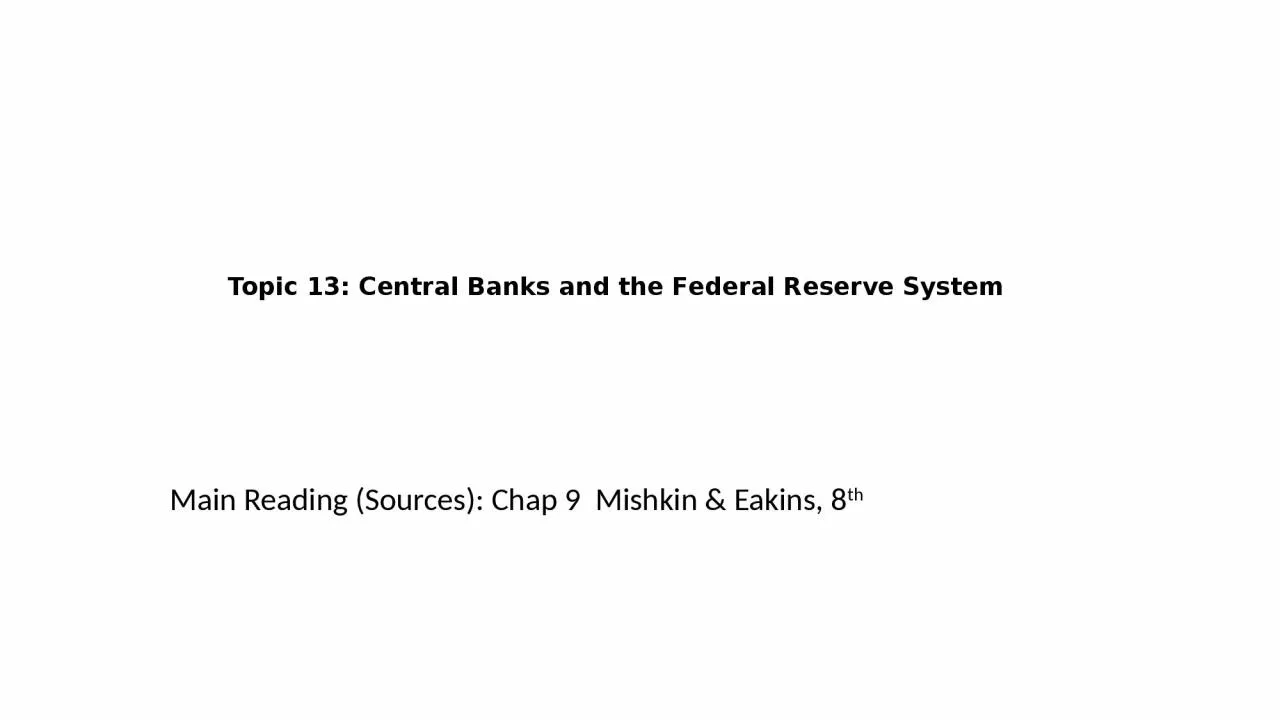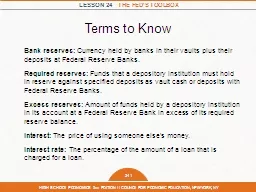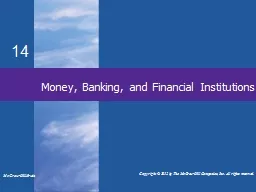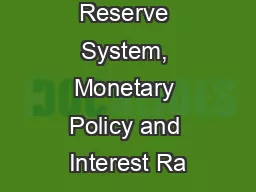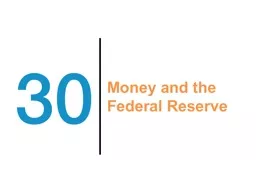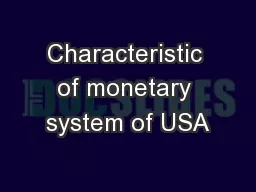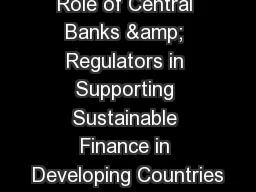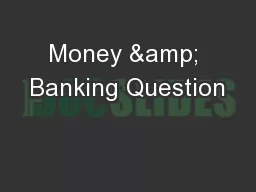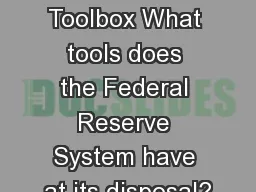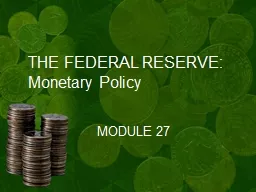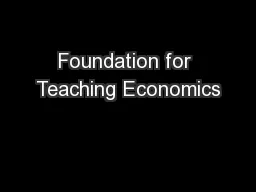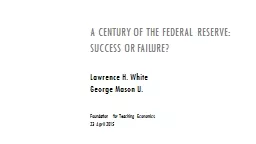PPT-Topic 13: Central Banks and the Federal Reserve System
Author : danya | Published Date : 2023-11-05
Main Reading Sources Chap 9 Mishkin amp Eakins 8 th Chapter Preview We examine the role of government authorities over the money supply We focus primarily on
Presentation Embed Code
Download Presentation
Download Presentation The PPT/PDF document "Topic 13: Central Banks and the Federal..." is the property of its rightful owner. Permission is granted to download and print the materials on this website for personal, non-commercial use only, and to display it on your personal computer provided you do not modify the materials and that you retain all copyright notices contained in the materials. By downloading content from our website, you accept the terms of this agreement.
Topic 13: Central Banks and the Federal Reserve System: Transcript
Download Rules Of Document
"Topic 13: Central Banks and the Federal Reserve System"The content belongs to its owner. You may download and print it for personal use, without modification, and keep all copyright notices. By downloading, you agree to these terms.
Related Documents

